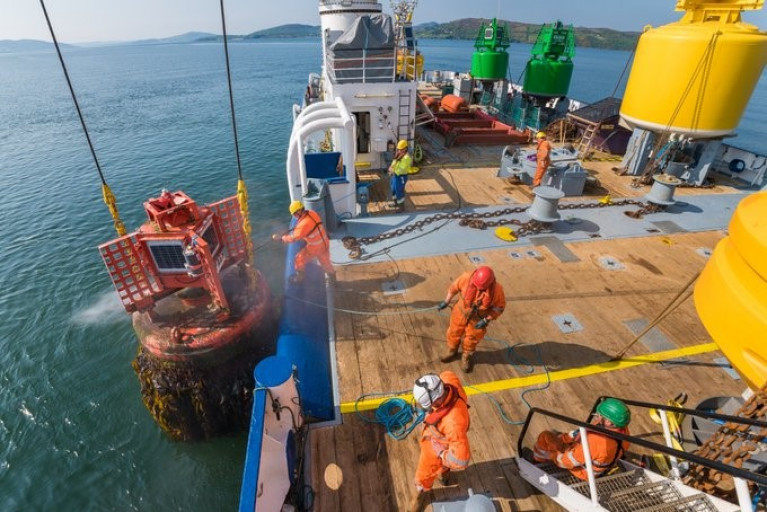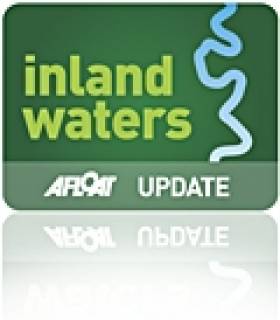Displaying items by tag: Aids to navigation
The General Lighthouse Authorities (GLA) have announced a review of the Aids to Navigation (AtoN) provision around the coasts of Ireland and Great Britain.
Trinity House will publish the results of the review in 2025, the outcomes of which will inform the GLAs’ work plans for the following five-year period.
The GLA provide a comprehensive and sustainable network of AtoN for General Navigation and are responsible for the Superintendence and Management of Local AtoN provided by Local Lighthouse Authorities.
The GLA has said that they consider user input to be an essential part of this review. Users of AtoN are encouraged to contribute to the review by commenting on:
- The usefulness and usability of existing AtoN provided by the GLAs.
- Any proposed requirement for the provision of new AtoN.
- The mix of AtoN provided including lighthouses, buoys, beacons, Racons and AIS AtoN.
- The benefit to users of providing additional data from AtoN such as meteorological data.
- The effectiveness of systems used to promulgate information relating to AtoN.
- Any other AtoN related issues.
You can find the full details of how to respond to the Aids to Navigation Review on the Trinity House website. The closing date for responses is Friday 31 May.
Today is World Marine Aids to Navigation Day
IALA hosts the World Marine Aids to Navigation Day (WATON) which for this year will also be celebrated virtually, writes Jehan Ashmore.
The International Association of Marine Aids to Navigation and Lighthouse Authorities (IALA) is a non-profit, international technical association established in 1957.
Among the role of IALA is to gather together Marine Aids to Navigation authorities, manufacturers, consultants, and, scientific and training institutes from all parts of the world and offers them the opportunity to exchange and compare their experiences and achievements.
In Ireland the event is recognised by the Commissioners of Irish Lights based in Dun Laoghaire Harbour where also today at their headquarters, the Taoiseach launched the National Marine Planning Framework and Maritime Area Planning Bill.
Irish Lights is responsible for waters north and south and is among three General Lighthouse Authorities (GLA's) also involved in Aids to Navigation (AtoN) around the coast of Britain.
The other GLA's in which Irish Lights works in close co-operation and mutual support is Trinity House (England & Wales) and the Northern Lighthouse Board (Scotland and Isle of Man).
Everyone is invited to take part this WATON by sharing photos of AtoN's on Social Media so to raise awareness world-wide.
Marine Notice: Lough Key, Erris Bay, Aids to Navigation
Lough Key, Erris Bay, Aids to Inland Waterways Navigation
Waterways Ireland wishes to advise masters of vessels that the area of Erris Bay i.e. South of the line from the entrance to Boyle Harbour to Trinity Island to the west point of Drummans Island is closed to navigation.
Works to replace navigations markers is being undertaken and a marine notice will be issued on completion which is expected to be near the end of February 2011.
Waterways Ireland regrets any inconvenience that this may cause its customers
Charles Lawn
Lt Cdr (rtd)
Inspector of Navigation
12 Jan 2011
Tel: 00 353 (0)90 6494232
UK to Cease Funding Irish Lights
The total cost of providing these services comes to around £75m ($116.5m) a year, of which Irish Lights accounts for €32m. The UK subsidy to Ireland is between £10m and £12m, with the Irish government contributing some £6m and the balance coming from fees.
All three general lighthouse authorities (GLA) are working on ways to cut costs and improve efficiencies, with a joint strategic board set up to consider how they can work together more effectively.
























